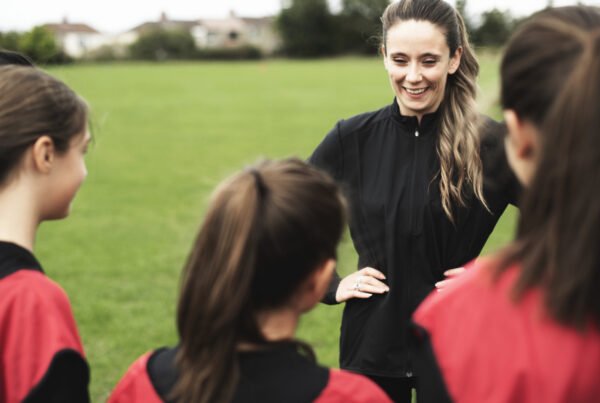Abstract
This cross-sectional study explores the association between physical activity and health-related quality of life (HRQoL) in children. HRQoL as an outcome measure connects physical and mental health by assessing physical, mental, and social wellbeing. The study focuses on the following specific characteristics of sport participation: membership of a sports club, frequency of sports participation, performing individual versus team sport, and performing indoor versus outdoor sport. It also differentiates between the specific dimensions in the physical, psychological, and social domains of HRQoL.
Methodology
2308 student participants were taken from 73 primary schools geographically spread across the Netherlands. HRQoL was measured using KIDSCREEN-52, a 52-item questionnaire covering the physical, psychological and social domains. All items are rated on a 5 point Likert scale, with a higher score indicating a more favourable HRQoL. Sport participation was measured with the Movement and Sports Monitor Questionnaire – Youth Aged 8-12 (MSMQ) and includes items about membership of sports clubs and frequency of sport participation. Other covariates that were measured include age, gender, BMI, neighbourhood economic status, and household composition. The data was examined using linear multilevel analyses
Key Findings
Membership of a sports club, moderate or high frequency of sports participation, and performing outdoor sports were all significantly associated with better HRQoL. These associations were found most in the physical domain, which can be explained by the physiological health benefits of physical activity. Positive associations were also found in the social domain, which can be explained by the potential for organised sports activities to foster positive social experiences and development. There was a limited but slight association with the psychological domain, particularly in favour of outdoor sports which was associated with more positive ‘moods and emotions’. There was no difference between performing team and individual sports, even with regards to the social domain. This can potentially be explained by the fact that children participating in individual sports usually train together just like in team sports.
Interpretation
One of the key strengths of this study is its focus on various specific characteristics of sport participation, which are not always explored when talking about the health-related benefits of sport participation. A clear understanding of these various characteristics can be an important step towards the development of effective sport programs for children. The use of HRQoL is also an effective way of combining physical, mental, and social wellbeing into one outcome measure. The findings are transferable to sport participation in Scotland, and suggest that encouraging children to become members of sports club, to engage in moderate or high frequency of sport participation, and increasing opportunities for outdoor exercise can contribute to a number of health-related benefits in children. One limitation of the study is that it cannot ascertain causal relationships with certainty. Qualitative studies can build on this research and provide in-depth insight into the underlying mechanisms that drive these associations.




